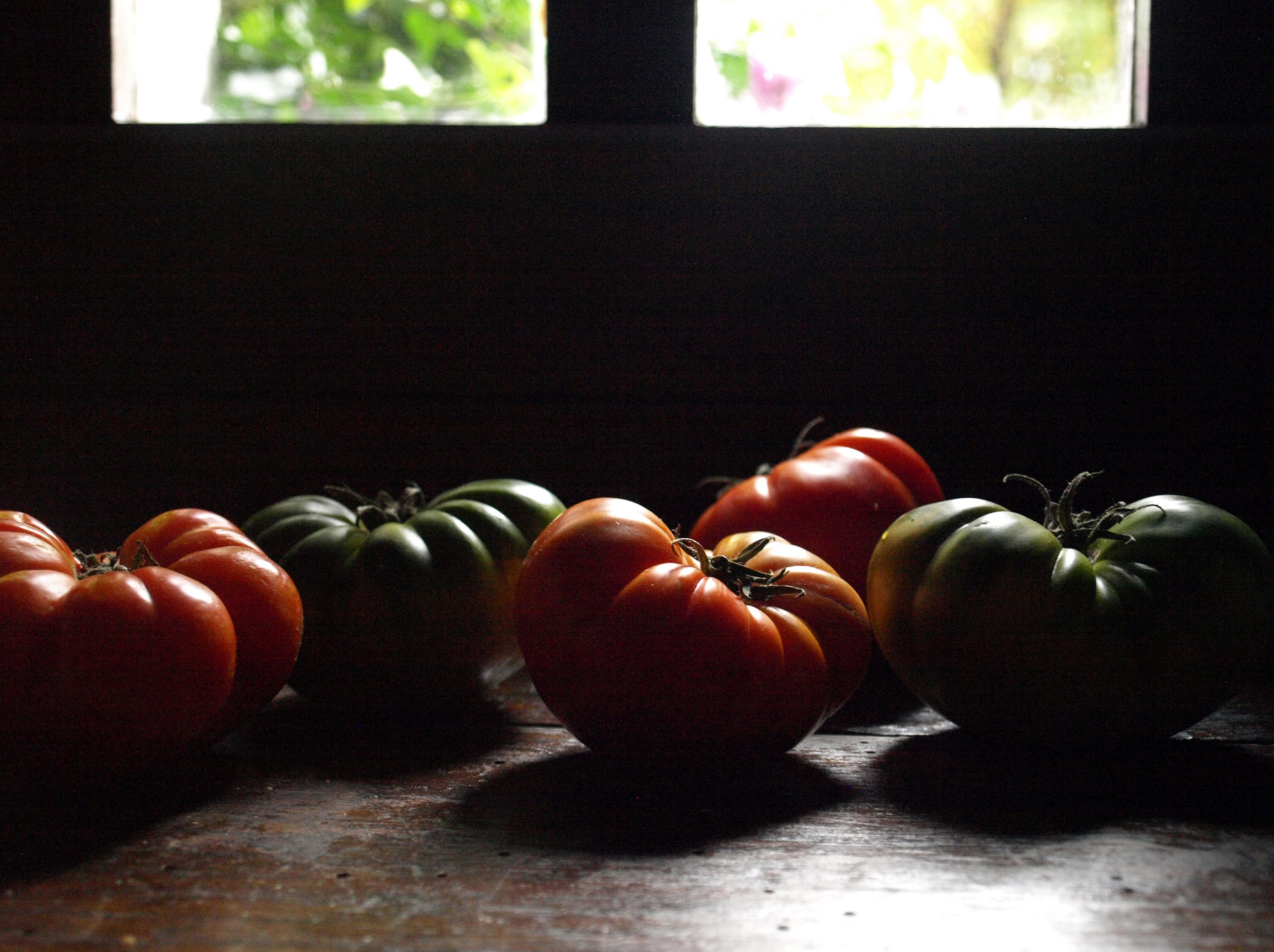
It’s January, 2022. Snow has fallen all night. A powder day, our ski instructor says, something we Nova Scotians almost never get. I’m nervous. I can carve through ice, like I’ve grown up doing, but I’m lost in fluffy powder. But as it is when caviar comes out or an aged smokey whiskey, I’m supposed to be excited. So I follow the group through the trees, blindly pushing through what feels like freshly sifted icing sugar. There’s nothing to push against, nothing firm beneath my skis.
We spill out onto an untouched trail, its surface smooth as marshmallow. The women in my group are giddy. One takes off, pulling her skis together until there’s just one plank beneath her, and floats down. The rest follow. I wobble, trying to control the situation, but I can’t push against the icing sugar. Honestly Lindsay, says our instructor, don’t waste this snow. Just relax, commit with your body, and go for it.
I’d heard this before.
*
Stop the car!
It’s 2013. We are driving down a winding country road not far from Bilbao. I am in a van with food photography students from all over the world, each one of us thrilled to learn from photographers whose careers we have followed for a long time. I’ve borrowed my brother-in-law’s Nikon for the workshop. I’m well into a food writing career, but I’ve never taken a photography class before.
Someone had spotted a weathered farmer crossing a field, a kerchief tied at his neck, a cap on his head and a flock of sheep clustered at his feet. We pile out of the car and walk toward the farmer and his sheep. A stone farmhouse, perhaps his, sits behind him at the end of a rocky lane. The land is dotted with evergreens, dark against rolling green grass, and up above a craggy Basque mountain range meets a faded grey sky. It’s perfect weather, our instructors say, for taking pictures.
People are kneeling down, adjusting their lenses, deciding how best to capture this authentic scene. I’m embarrassed. I don’t yet understand the language of the camera; it feels awkward in my hands. The man is kind, he smiles at us, but I wonder if he minds this intrusion. Our instructor Aran approaches him, she is from this place, he is happy to entertain us. I take a quick picture, legs straight, awkward. Nadia, our other instructor, is nearby, her thick long hair soft in the damp air. She moves through the tall grass, capturing it all, calm but confident. I ask for her help, expecting her to examine my camera, the settings, the shutter speed. Instead she looks at my body position and the way I hold the camera. I am standing the way I do when I emerge from a changing room wearing a dress I don’t like: knees hyperextended and back slumped. The dress doesn’t have a chance.
Commit, she says. With your body, with the camera. Don’t go halfway.
———-
We spent the next morning in the kitchen making food to photograph. I am in the corner of the kitchen, sautéing mushrooms for a savoury galette. Our other instructor Aran takes a block of pastry wrapped in plastic from the fridge, one that she made earlier, and places it on the counter. The pastry is a small, cold square that somehow will become a thin, flat circle, big enough to hold a filling. She bends her knees a little and begins to whack the pastry with a rolling pin. This delicate woman in a blouse and jeans, dark curls tied back off her face, hits with authority until the pastry yields into pliable softness. You just have to commit, she says.
Later we set up a long table on the grass and covered it with plates of food, all chosen for their textures, colours and shapes. We climb a step ladder, one at a time, and photograph the scene from above. Those with the most interesting hands and tattooed arms reach for the food from various angles to add movement and a human touch. Students stand on tip-toe on the rungs and lean over the shot. When it’s my turn I fidget with my camera. I try to mimic the body language of the woman before me, but my settings are off. I rush a shot and climb back down.
*
After the workshop, back home in Canada, we close our family cottage for the winter. At one point, when I am supposed to be washing windows in what was our late Gran’s room, I notice a book I have never noticed before – Photography & the Art of Seeing by Freeman Patterson. Inside she had inscribed it in her careful, tiny cursive: Mrs. Cameron, July 30, 1980. She was 73 at the time- an oil painter, a gardener, a reader, not a photographer. But the passages underlined throughout the book tell me she was using photography skills to teach her, as a painter, the difference between looking and seeing.
The author opens the book with the barriers in life that keep us from seeing. The biggest? The preoccupation with self: Worry. Ego. Money. Kids. “You cannot relax your mind and body separately – they are too much a part of each other,” writes Patterson. “In order to get the tightness and tenseness out of the body, you have to empty your mind.”
*
The last day of the workshop I come across tomatoes in the kitchen where we often eat our meals. I was supposed to be picking up something I had left behind, but instead, I linger. Afternoon light is shining through bougainvillaea onto the window sill above the sink. I put the tomatoes on the sill, the way my mother does, and I take some photos.
*
We don’t get to float through life very often. If you have the chance, soften your eyes, forget your old injuries and insecurities, sit back a little and let yourself go.
